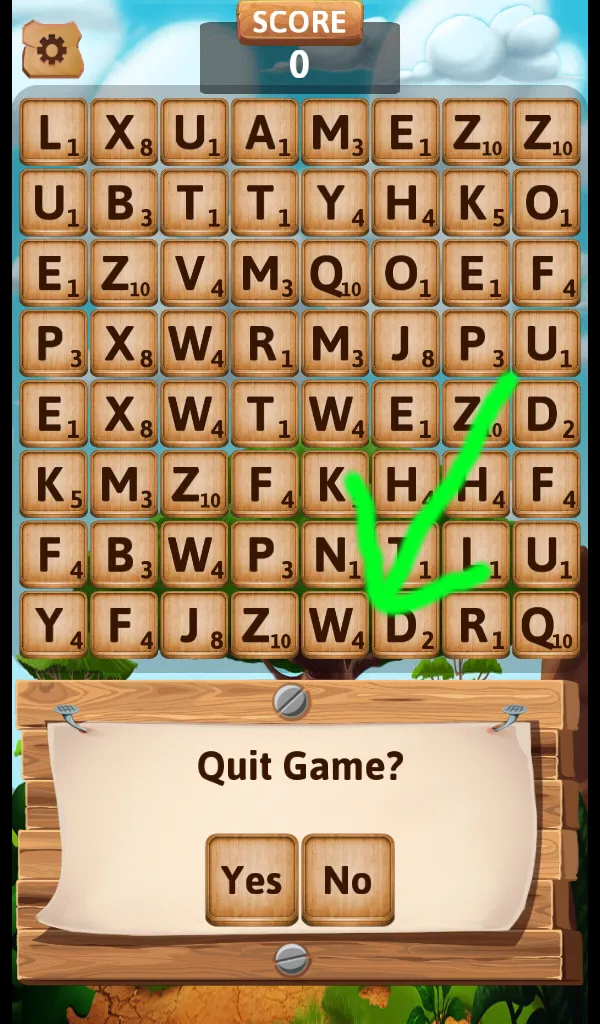我使用了以下代码:
我使用的是下面的代码:
AlertDialog.Builder bld;
if (android.os.Build.VERSION.SDK_INT <= 10) {
//With default theme looks perfect:
bld = new AlertDialog.Builder(AndroidLauncher.this);
} else {
//With Holo theme appears the double Dialog:
bld = new AlertDialog.Builder(AndroidLauncher.this, android.R.style.Theme_Holo_Dialog_MinWidth);
}
bld.setIcon(R.drawable.ic_launcher);
bld.setTitle("Exit");
bld.setMessage("Are you sure you want to exit?");
bld.setNegativeButton("Cancel", new DialogInterface.OnClickListener() {
@Override
public void onClick(DialogInterface dialog, int which) { dialog.dismiss(); }
});
bld.setPositiveButton("Exit", new DialogInterface.OnClickListener() {
@Override
public void onClick(DialogInterface dialog, int which) { finish(); }
});
bld.setCancelable(false);
bld.create().show();
看起来没问题,但是它显示“import android.app.AlertDialog无法解决”。 这是在Android Studio中的一个标准libGDX项目。
